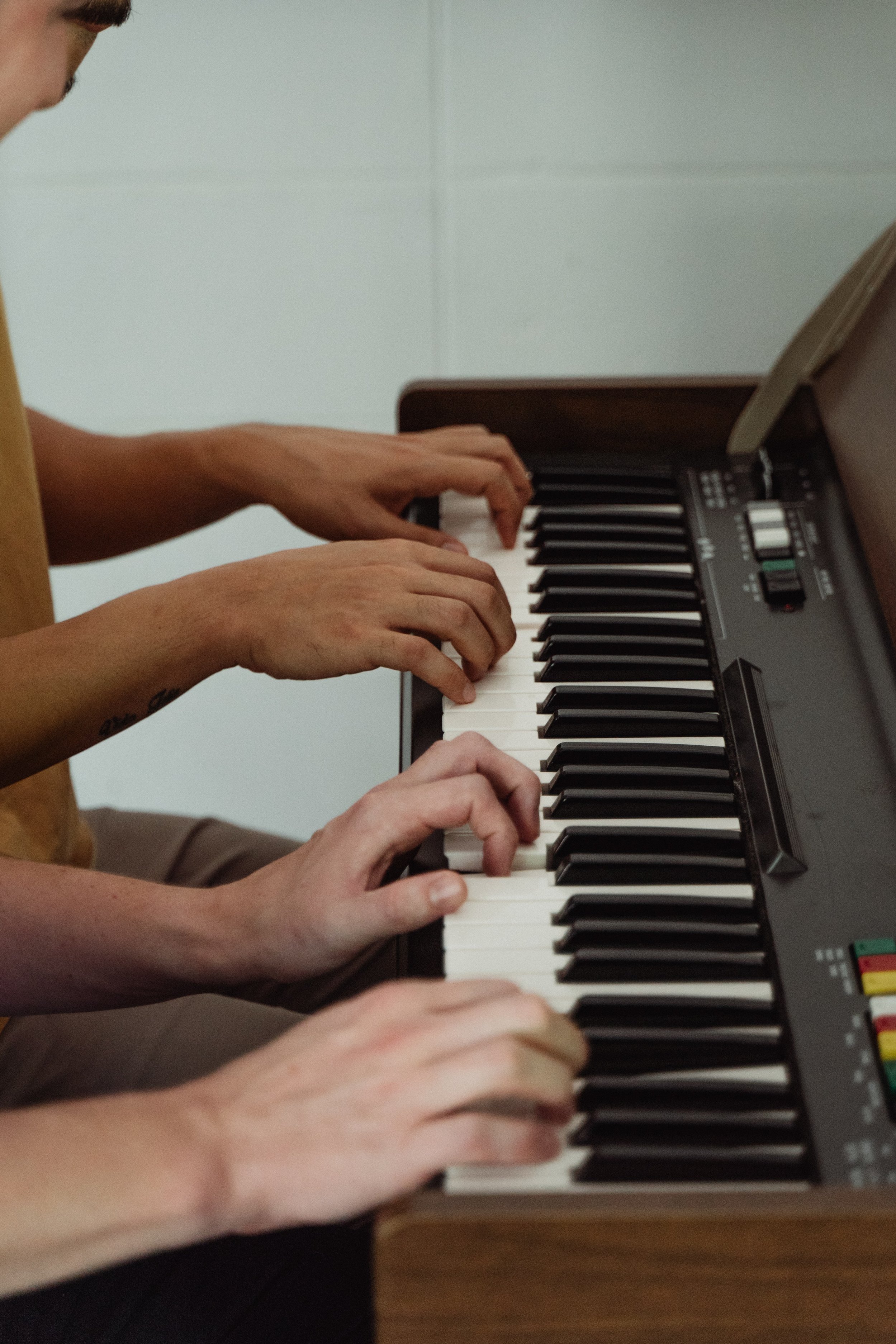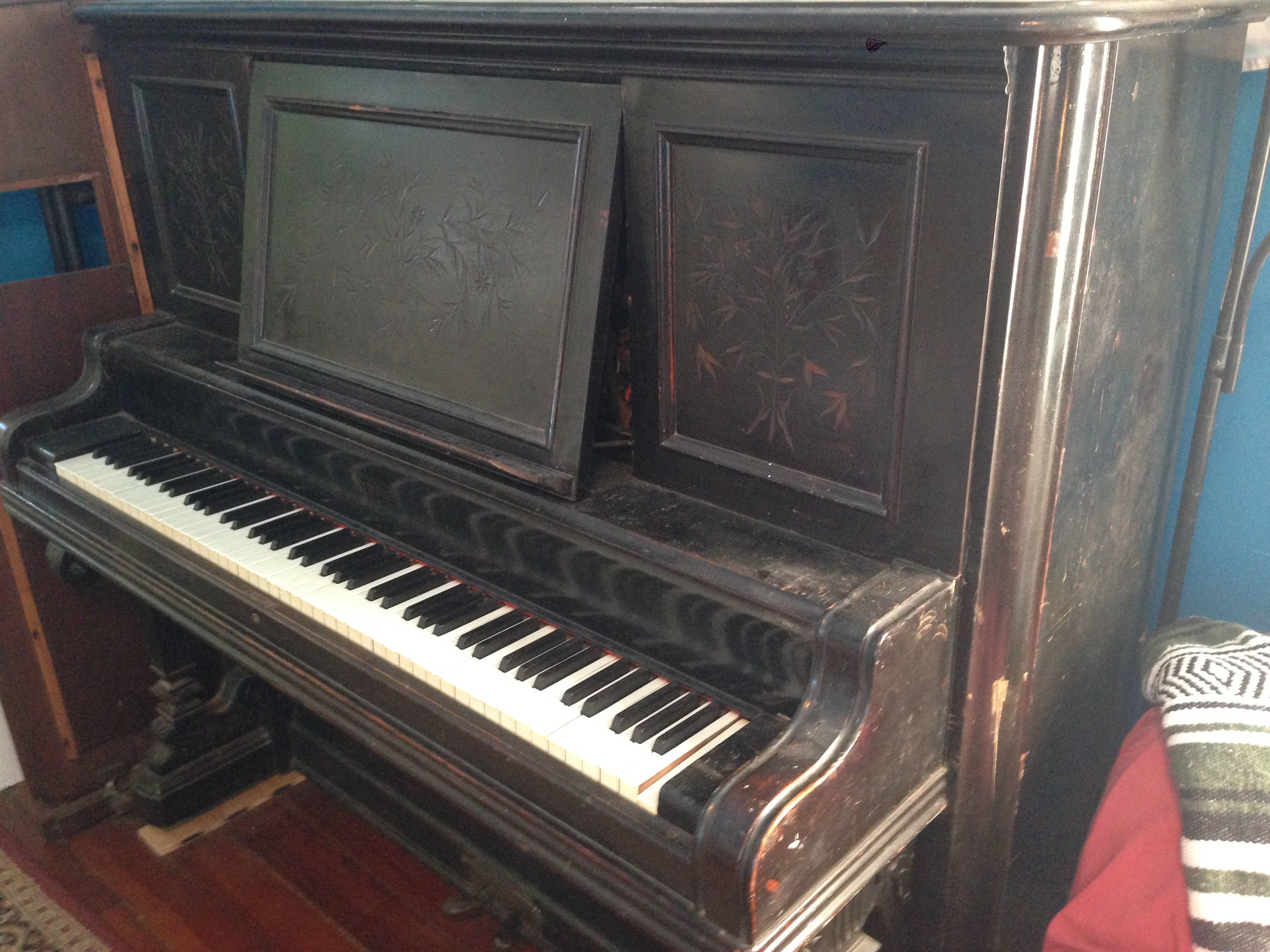All of the piano repair books that I have read have included a short section on the development of equal temperament and it's predecessors, but none of them really dig deeply into the subject. These books did their job of piquing my interest in the topic. For those not familiar, equal temperament is a system of tuning for stringed instruments in which every note within the octave is equally spaced. Basically, this allows a song to be transposed into any key and still sound musically pleasing. In non-equal temperaments there exist so-called “wolf” intervals. Aptly named, these intervals produce sounds that resemble the howling of a wolf and thus had to be avoided by musicians and composers at all costs. So, how was equal temperament developed and why was it so difficult to achieve?
Isacoff's “Temperament” gives an in-depth history of the development of piano tunings and temperaments starting with Pythagoras's perfect fifths in 6th century BC, moving through Da Vinci, mean-tone temperament, Galileo, Zarlino, and Rameau, and finishing with contemporary minimalists such as Michael Harrison and Philip Glass. It also describes the many attempts to circumvent the problems presented by unequal temperament by adding anywhere from five to twenty extra keys to the standard twelve-note octave.
I have mixed feelings about this book. “Temperament” is advertised as an “engaging and accessible account” which to me means that it was not written with the professional piano tuner in mind. This is great news for people with a passing interest in how western music came to sound the way it does. However for those with a more technical interest, it is probably not the book you are looking for. This book does not really get into the math behind the development of equal temperament. The closest it gets to the technical aspect is describing the basic ratios that make a major third, perfect fourth, perfect fifth, etc. The book seems to be written for history buffs rather than people who really want to understand the mathematical qualities of different temperaments and how they were developed. Also, there is a lot of filler in this book that doesn't really seem relevant to the topic. There are sections of the book where the author will go on a tangent for many pages about the personal lives of 16th century royalty.
Some knowledge of basic music theory will help in understanding the content of the book. For people who are familiar with the word “temperament” and its meaning, but don't have the desire to dig into the hundreds of varieties of just-intonation and unequal temperament, "Temperament" is a thorough account and a fantastic read.
































I have been servicing and tuning pianos in NOLA since 2012 after first becoming interested in piano technology in 2009. With a background in teaching bicycle mechanics, I bring a methodical mindset and a love of sharing knowledge and skills to the rich musical culture of New Orleans.